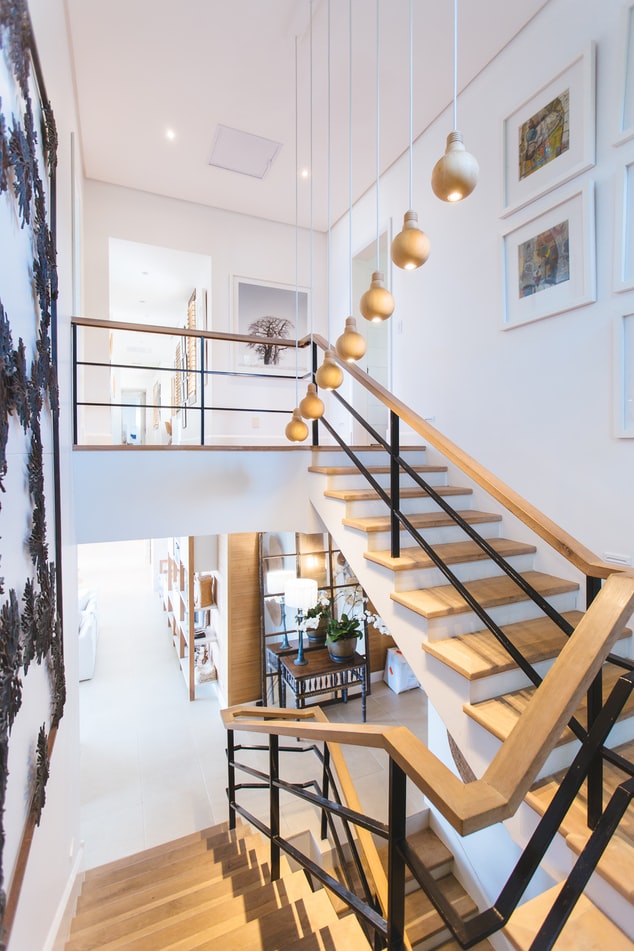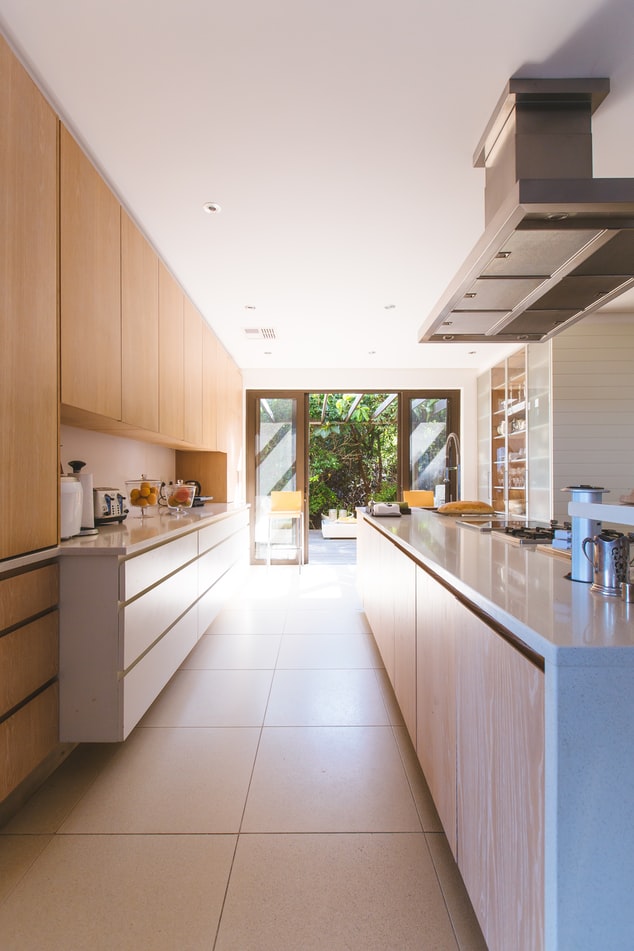Why Replacing a Suspended Timber Floor with Concrete is Sometimes Necessary

While the use of timber floors to add a suspended second level to a building was previously commonplace, in more recent times, concrete flooring has become the norm!
 All Photos By: Unsplash
All Photos By: Unsplash
This applies both to residential projects and commercial ones too. For older homes, there may come a time when it’s recommended that an existing suspended timber floor in poor condition is replaced with a concrete one. In this article, we discuss the reasons why this might happen.
The Main Culprit is Damp Build-up
In properties that have previously been poorly insulated or left unoccupied and unheated for lengths of time, it’s not unusual to find a moisture build-up. This may come from morning condensation, failing to air out the property occasionally, or from a lack of heating, which would have dissipated excess moisture. Also, older properties often have insulation in the walls, which has gone beyond its useful life. At this point, it’s far less effective at keeping the home warm – often noted through higher heating bills. Where there are corners of the home that the heating doesn’t reach sufficiently, damp can develop.

Where Does Damp Come From?
Different types of damp can enter your home:
Penetrating Damp
Penetrating damp enters the home from the ground beneath. The moisture in the soil below the foundation gets to exterior gutters, water pipes, and walls.
Rising Damp
Rising damp is of more concern to homeowners with a raised timber floor. It can get into the wooden flooring causing it to weaken its structural integrity. Eventually, it may become a danger with a surveyor recommending its immediate replacement to avoid a potential collapse of the suspended timber floor above.
Termite Infestation
Termites – those little insects we hate to mention – just love wood. These adorable little creatures chew through wood like it’s a plate of pasta sprinkled with truffles. It’s all the same to them. Wood is wood. For most modern homes, termites aren’t a major concern. They mostly like to aim for wooden flooring and framing that connects to the damp soil below it. Upper floors are often spared from their ravenous rampage. But sometimes, as a homeowner, you’re just not that lucky, especially when there have been prolonged periods of excess moisture in the home.

When It’s Time to Replace Timber with Concrete
Whether it’s a personal decision or urged by a surveyor, you know when it’s time to replace a wooden floor with a concrete one. It’ll be necessary to have flooring created that will last the test of time. Whether or not the existing raised floor will need to be entirely replaced needs to be accurately assessed. However, the building project will need reliable concrete suppliers to deliver the ready mix concrete required. A company like MixIt.co.uk, based in and around London, are a suitable example as they are well-placed to support the building needs for a flooring replacement. They have many types of concrete available for different project types and will know what’s required to complete the job. You need to be able to rely on professionals like them to ensure the job is done to the highest possible standard.
When it’s decided that a suspended concrete floor is required to replace a timber one, get the best advice and planning. Then focus on the right materials to set yourself up for success.






Leave a Comment